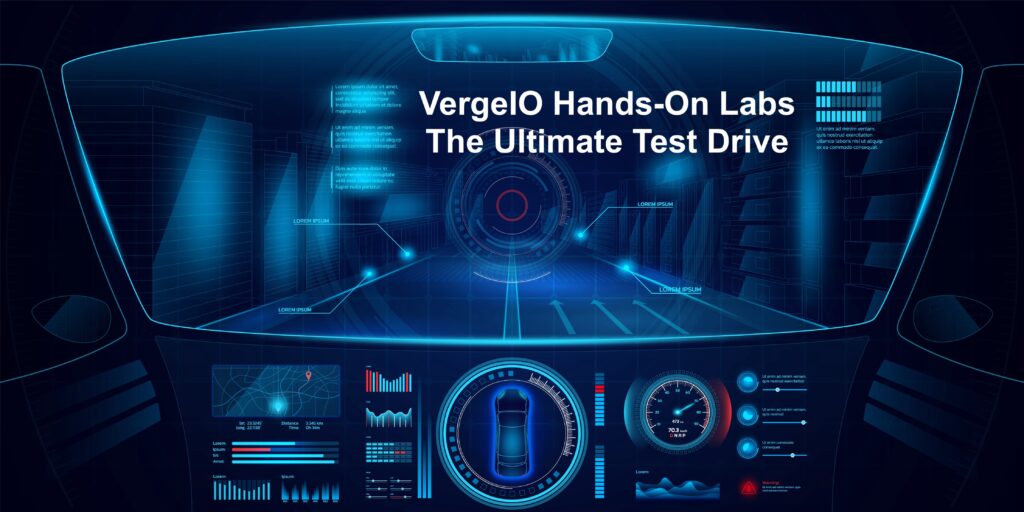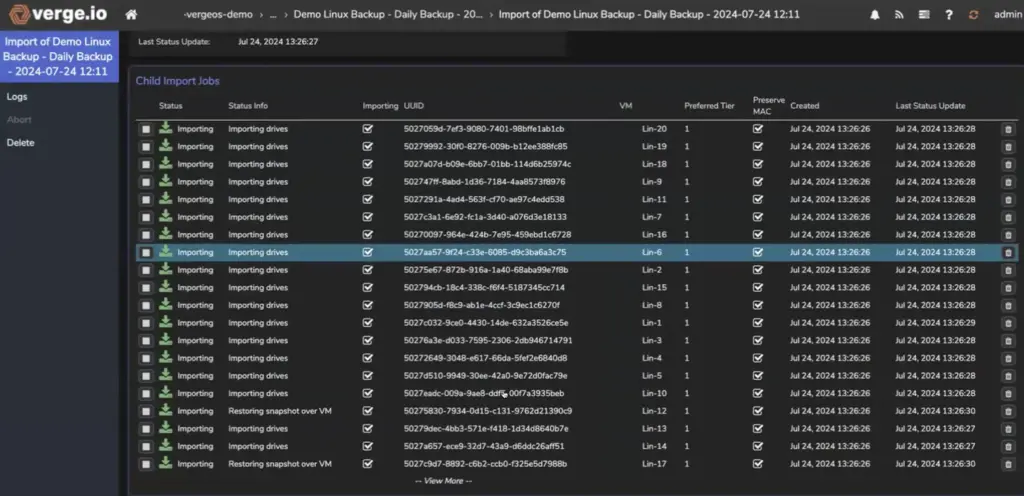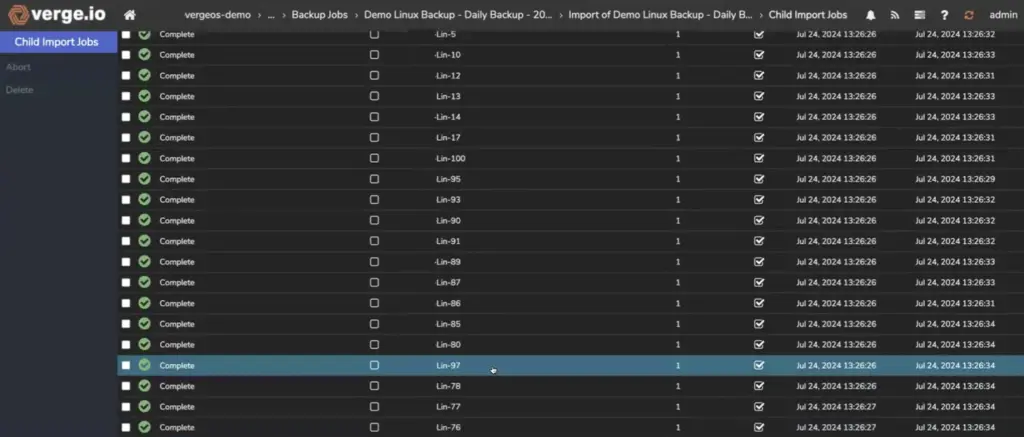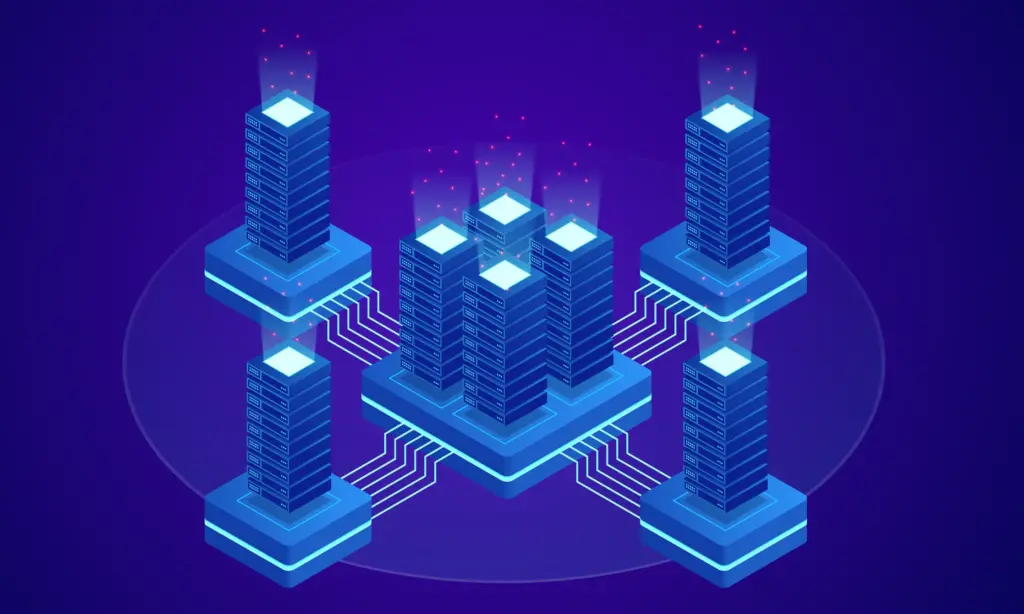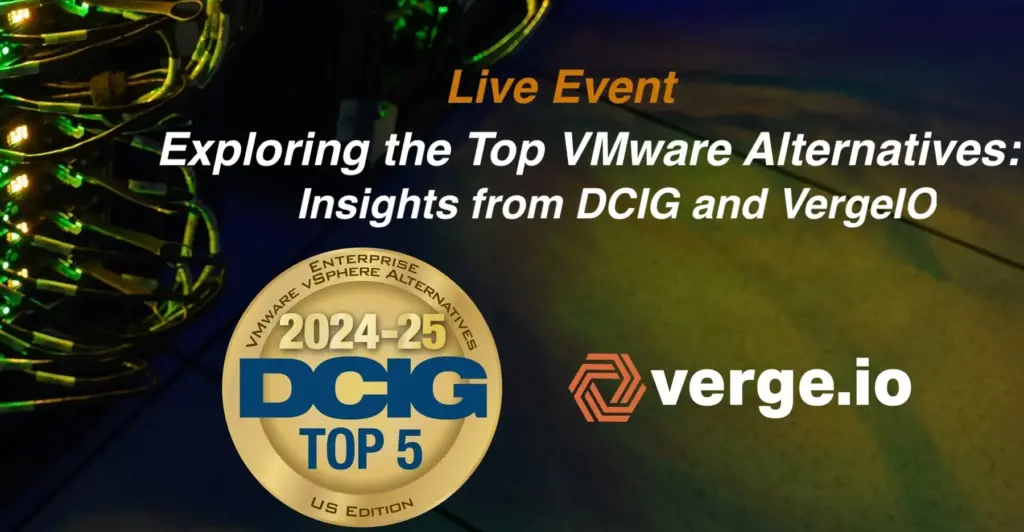September 17, 2024 — Ann Arbor, Michigan — VergeIO, the leader in ultraconverged infrastructure, has partnered with TechAccelerator to deliver a suite of hands-on labs designed for IT professionals looking to migrate from VMware to VergeOS. These self-paced labs provide a comprehensive, interactive experience to help organizations transition smoothly to VergeOS, offering an invaluable learning opportunity without needing hardware.
The migration process is often a key concern for businesses exploring VMware alternatives. VergeIO’s hands-on labs are available 24/7 and can be completed in just 15 to 20 minutes. Each lab showcases VergeOS’ integrated virtualization, storage, and networking capabilities, giving participants a deep understanding of how VergeOS operates and how it can enhance their current processes.
David Hekimian, CEO of TechAccelerator, commented, “Our partnership with VergeIO is a game changer for IT professionals. These labs provide an immersive and practical experience, enabling users to get comfortable with VergeOS in a risk-free environment. This is essential for anyone considering a shift from VMware or looking to optimize their virtualization strategy.”
Become a VMware Migration Expert—No Hardware Required
The VMware Migration Lab provides IT professionals with a fully functional environment. It allows them to connect to a VMware infrastructure, migrate virtual machines into VergeOS, and boot them seamlessly. This lab guides participants through each step of the migration process, equipping them with the knowledge needed to execute their migrations confidently.
Enhance Data Protection with VergeOS
VergeOS is not just a VMware alternative—it offers superior efficiency, performance, and data resiliency. In the Snapshot Lab, participants can explore VergeOS’ ioClone-powered snapshot technology, learning to create and protect VMs with both scheduled and manual snapshots. The lab also demonstrates how to recover files from deleted VMs, providing IT teams with the tools to refine their data protection and disaster recovery strategies.
Ensure Workload Resiliency
VergeIO’s multi-tenant Virtual Data Center (VDC) technology provides an extra layer of security and resiliency by isolating workloads, ensuring that issues like ransomware attacks in one tenant do not affect others. The Virtual Data Center Lab allows participants to create tenants and sub-tenants, test workload isolation, and experience firsthand VergeOS’ advanced protection features.
“These hands-on labs give prospective customers and partners the ability to explore VergeOS before committing to a proof of concept or purchase,” said Yan Ness, CEO of VergeIO. “This allows them to understand how VergeOS can improve their infrastructure and operations fully.”
The VergeIO Labs are available for potential customers to try today. Please register here.
About VergeIO
VergeIO is the future of virtualization and the leading VMware alternative. Its ultraconverged infrastructure (UCI) collapses the traditional IT stack—compute, storage, and networking—into a unified data center operating environment: VergeOS. This efficiency enables higher workload density on existing hardware while improving data resiliency and lowering costs. VergeOS simplifies IT, delivering improved availability and substantial savings for businesses of all sizes.
About TechAccelerator
TechAccelerator is a cutting-edge SaaS platform and professional services company designed to accelerate revenue opportunities for technology clients. It allows its clients to focus on their core competencies while letting the TechAccelerator team create solution environments that will drive more leads and sales. TechAccelerator reduces costs, shortens sales cycles, increases qualified leads, and improves profitability.
Media Contact:
Judy Smith, JPR Communications
818-522-9673
[email protected]
